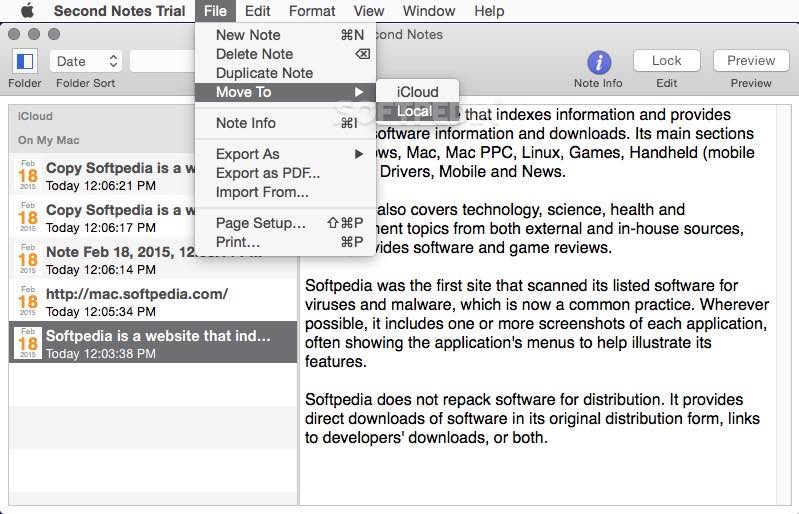

A fundamental term of the contract must closely reflect the wording and terminology used in the fundamental provision of the Act which it incorporates section 33 sets out the limits of acceptable editorial changes.ġ7. A fundamental provision, once it is incorporated into an occupation contract, is referred to in the Act as a âfundamental termâ of the contract. In practice, this means that every occupation contract between a landlord and a contract-holder will contain a term which is, in substance, identical to section 45.ġ6.

For example, section 45 (which concerns schemes for looking after deposits paid by contract-holders to landlords) is a fundamental provision of all occupation contracts. A fundamental provision is a provision of the Act (generally a section in the Act) which automatically becomes a term of an occupation contract to which it applies.ġ5. The Act establishes the concept of the âfundamental provisionâ. What are the terms of an occupation contract? Fundamental provisionsġ4. Aside from differences relating to security of occupation, there are a range of differences between secure and standard contracts (and between periodic and fixed term standard contracts) these are set out throughout the Act, and are considered in the section-by-section commentary in these Notes. Standard contracts can be either periodic or made for a fixed term. Secure contracts are âperiodicâ this means that they will roll from period to period (generally, from week to week or month to month). Any landlord who is not a community landlord is a private landlord for the purposes of the Act.ġ3. Again as a general rule, subject to exceptions, an occupation contract made with a âprivate landlordâ will be a âstandard contractâ. A secure tenancy gives the strongest security of occupation (sometimes referred to as âsecurity of tenureâ) to the contract-holder.ġ2. âCommunity landlordâ is defined in section 9 the main kinds of community landlord are local authorities, housing associations and other kinds of registered social landlord, and private registered providers of social housing. As a general rule, though the Act does provide for exceptions, an occupation contract made with a âcommunity landlordâ will be a âsecure contractâ. What has been agreed between the tenant or licensee (referred to in the Act as the âcontract-holderâ) and the landlord.ġ1. The diagram below illustrates how occupation contracts relate to the various kinds of tenancies and licences in existence before they were abolished by the Act. But in many respects that distinction will be less important in practice, because the Act makes virtually no distinction between tenancies and licences.Ħ. The Act will not change this a person who rents a home in Wales will rent it under a tenancy or licence. So, for example, a lodger will usually be a licensee.ĥ.

A key legal difference between a tenancy and licence is that a licensee does not have an interest in the relevant land, and in practice the main difference between a tenancy and a licence is that a licensee does not have the right to sole occupation of the home. The licensee is allowed to live in the dwelling which is the subject of the licence. A licence is also a contract between two or more persons (a licensee or licensees and a landlord). A tenancy gives rights to, and imposes obligations on, both the tenant and the landlord.Ĥ. The tenant (and people who live with him or her) does not have to share the dwelling with anyone else, because the tenant has an interest in the land which is subject to the tenancy. A tenancy is a contract between two or more persons (a tenant or tenants and a landlord) under which the tenant lives in the home. Generally, people who live in a home they do not own do so under a tenancy or licence. The Act also makes provision as to the terms of occupations contracts, and the setting out of those terms in a written statement of the contract. Most previously established statutory tenancies are abolished by the Act, being replaced by the appropriate kind of occupation contract. The Act provides for most tenancies and licences conferring the right to occupy a dwelling as a home to be one of two kinds of âoccupation contractâ: a âsecure contractâ, which is periodic or a âstandard contractâ, which can be periodic or of a fixed term. The Explanatory Notes should be read in conjunction with the Act but are not part of it.Ģ. They have been prepared by the Education and Public Services Group of the Welsh Government to assist the reader of the Act. These Explanatory Notes are for the Renting Homes (Wales) Act 2016 which was passed by the National Assembly for Wales on 17 November 2015 and received Royal Assent on 18 January 2016. Renting Homes (Wales) Act 2016 1 Introductionġ.


 0 kommentar(er)
0 kommentar(er)
